How to Use the Ocean for Food in an Emergency
In emergency situations, the ocean can be a lifesaver. It is a bountiful source of food that could sustain human life when other resources are scarce or unavailable. I want to talk about how to use the ocean for food in an emergency. For those of you who live by the ocean, there may be a time or two when you need to rely on the ocean for food! 13 Prepping Tips if You Live By the Beach
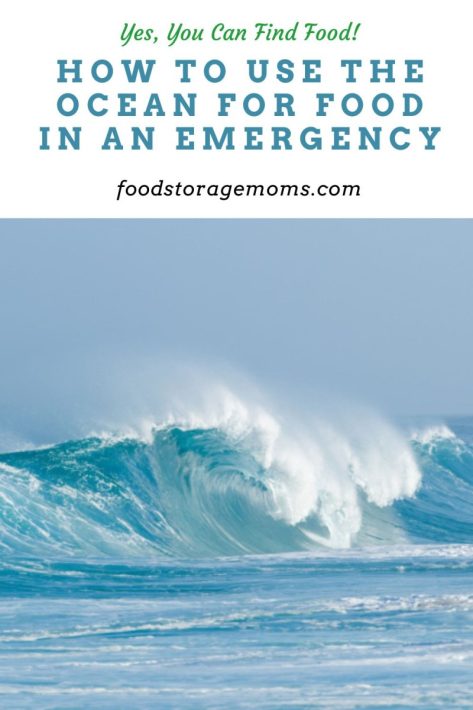
I often forget that there are seven oceans scattered throughout our planet. Some are much larger than others, some have had more adverse effects from human activity, and some seem to be dealing with climate change better than others.
Two things they have in common are both plant and fish species that can be used to help sustain life now and in times of emergency. The key, if you live in coastal areas anywhere near the ocean, is to acquaint yourself with the sources of food your particular ocean environment can provide when other sources aren’t as readily available.
Our Oceans are Struggling
We hear and read that our oceans are struggling on many levels. The marine pollution found in so many areas is killing the very support systems in the world’s oceans that provide the biodiversity and strength of marine ecosystems needed to maintain a consistent food supply when needed.
Having healthy oceans is critical to the overall health of populations in coastal cities, and inland areas as well. The tides and currents found in ocean action help to maintain ocean resilience to numerous challenges, but oceans are faced with a global plastics crisis from plastic pollution generated by many sources.
Hopefully, scientific knowledge, particularly from ocean science, gained from studies relating to global heating, harmful fishing subsidies prompting overfishing, greenhouse gas concentrations, carbon dioxide emissions, and the benefits of renewable energy generations will prompt innovative solutions.
Is it safe to consume seafood from the ocean during an emergency?
Seafood safety depends on various factors such as water contamination, potential exposure to toxins, and ocean acidification. It is crucial to follow guidelines from reputable sources like FoodSafety.gov to ensure that the seafood is safe to consume.
We hear a lot about the disastrous effects of mercury on the food chain. Mercury can enter our oceans in many ways, including algae, volcanic activities, sediments, mining, reentering the atmosphere after evaporation from industrial sites, steel production, coal, power plants, wood burning, and other sources.
Reducing these effects is a challenge due to the geopolitical balance of power give and take as negotiations between countries drag on. There really are no viable excuses for the exploitation of our oceans taking place every day.
Understanding the Ocean’s Potential
The first step is recognizing the potential of the ocean as a food source. The ocean is home to a vast variety of nutritious marine life that can provide a balanced diet for survival. From fish and shellfish to seaweed and plankton, the ocean offers an array of options for those who know where to look and what to do.
As part of your family emergency plan, work together to gather information about your particular ocean location and what food sources are most likely available, whether plant or fish. Then you can put together an action plan to make use of those food sources if others become scarce or unavailable.
Sustainable Fishing Practices
Fishing is the most straightforward method of sourcing food from the ocean. But it’s vital to practice sustainable fishing methods to reduce pressure on marine life. Using a diverse range of seafood from well-managed sources can help achieve this. Beginners Guide to Fishing: 6 Amazing Tips and Tricks
Seafood Safety Measures
Safety should be a top priority when obtaining food from the ocean. Ensuring that the seafood is safe to eat involves removing dirt or silt and washing it with hot, soapy water. If you manage to catch fish, it’s essential to know how to properly clean and cook it to avoid any potential health risks. Food Safety Tips During an Emergency
Over the years humans have directed excessive nutrients towards the ocean, mainly from agricultural and industrial activities. Agricultural fertilizers are a real culprit, along with farm animal manure, human sewage, and high runoff from the effects of climate change.
These would include things like nitrogen and phosphorus that can cause algae blooms that deplete oxygen in the water, thus killing marine life. This kind of ocean emergency has built up for decades and will take time to resolve. New marine technology being implemented will make a real difference, it just takes time.
Salt-Drying Technique
Salt-drying is a simple and effective method of preserving seafood. This involves salting the seafood and drying them in thin slices. Although this method results in a high salt content, it could be beneficial if you have a salt deficiency due to exposure to the sun. First Aid for Outdoor Adventures
Aquaculture as a Solution
Fish farming, or aquaculture, offers an opportunity to better use the ocean for food production while alleviating pressure on fisheries. In a crisis situation, establishing small-scale aquaculture can provide a consistent source of food.
Emergency Preparedness and Management
Understanding the dangers of the ocean is necessary when relying on it for survival. Anticipating and managing issues related to coastal emergencies is important for safety. If you do have to rely on the ocean for emergency preparedness, take the time to make sure you are staying safe!
Sustainable Seafood Choices – Meats
Choosing sustainable seafood is essential for the long-term preservation of marine life. A good rule of thumb is to opt for less popular fish species to reduce overfishing.
What’s the most common type of seafood to eat?
- Shrimp
- Salmon
- Tuna
- Cod
- Lobster
- Crab
- Scallops
- Mussels
- Oysters
- Squid
- Also, remember that many freshwater rivers act as sources for fish as they enter the ocean. These might include various salmon varieties, trout, sea lamprey, and the three-spined stickleback
What can you use for fishing?
- Fishing rods – Used to cast the line and reel in fish.
- Fishing reels – Attached to the fishing rod, reels are used to control the line and retrieve fish.
- Fishing line – Connects the fishing rod to the hook or lure.
- Hooks – Used to catch fish by piercing their mouths.
- Lures – Artificial baits designed to attract fish.
- Sinkers – Weights attached to the line to help sink the bait to desired depths.
- Bobbers – Floats that indicate when a fish has taken the bait.
- Fishing nets – Used to scoop up fish from the water.
- Tackle box – A container to store and organize fishing gear.
- Bait – Live or artificial substances used to entice fish to bite.
Tips for Fishing
- Move around to find the fish. Cover different areas by casting in various directions to increase your chances of finding fish.
- Keep your tackle box stocked and organized. Ensure you have essential fishing gear like hooks, sinkers, and lures readily available.
- Practice proper catch-and-release techniques. If you’re not keeping the fish, follow guidelines from organizations like the Florida Fish and Wildlife Conservation Commission for safely releasing freshwater fish.
What kinds of ocean plant life can provide food during an emergency?
Each ocean environment can produce different plant species that we can eat, but some of the best-known varieties are:
- Wakame: very commonly used in seaweed salads at your favorite sushi restaurant. Very good for you as a source of omega-3 fatty acids, and is rich in niacin, thiamin, calcium, sodium, and iodine.
- Spirulina: a type of algae that is colored blue-green and often used as a dietary supplement. It has all nine essential amino acids, protein, calcium, niacin, iron, and many B vitamins. Very popular with vegans.
- Dulse: very high in dietary fiber, protein, fatty acids, minerals, and antioxidants. This seaweed has been used for many years in Iceland and Northern Europe as a daily staple.
- Kombu: sea kelp used throughout Asia and Japan. Popular in soups as a source of fiber, iodine, and amino acids.
- Carrageen Moss: a red algae sea vegetable used as a food thickener in soups, stews, pudding, and smoothies.
- Arame, often called sea oak, is a brown algae type. Has a mild taste that is popular in Japanese foods due to its fiber, calcium, magnesium, Vitamin A, and iron.
- There are others too, like Chlorella, Sea Grapes, and Nori that you ought to try.
Are there alternative sources of food and water in an emergency?
During an emergency, it is advisable to have a supply of non-perishable foods and staples to rely on. FEMA provides guidelines on emergency food preparation, including alternatives for cooking indoors or outdoors. Having access to clean water sources is crucial, and the American Red Cross offers tips on water safety during emergencies.
Remember, fishing techniques can vary depending on the location and type of fish you are targeting. It is always a good idea to research specific tips and regulations in your fishing area.
Final Word
The ocean is more than just a vast body of water. It’s a potential lifeline in emergency situations. By understanding its resources, we can use the ocean for food without causing harm to it. May God Bless this World, Linda
Copyright Images: Ocean Cresting Waves AdobeStock_6433940 By NorthShoreSurfPhotos, Ocean Trolling Fish Boat AdobeStock_27091067 By Lunamarina

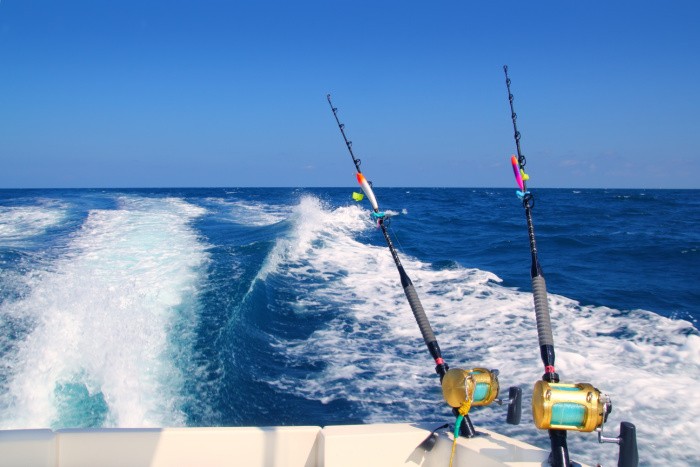

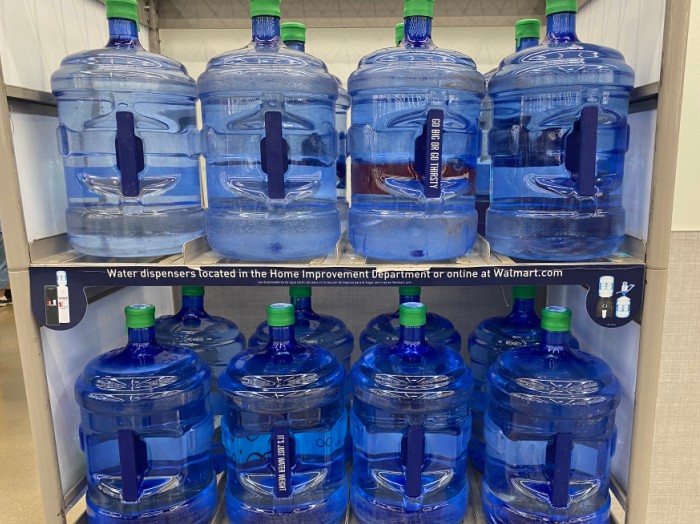
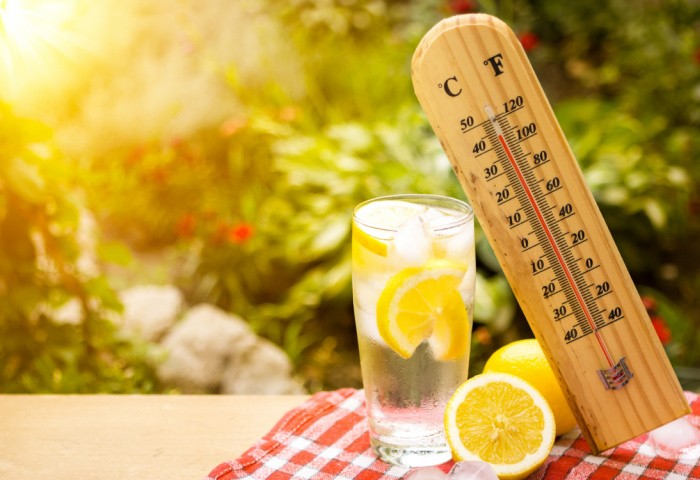
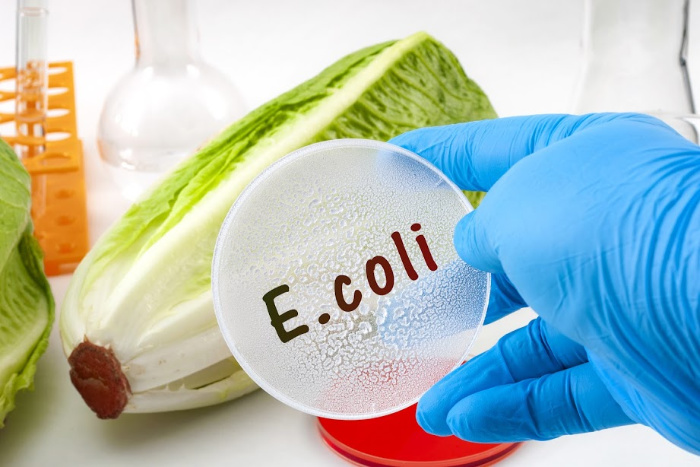
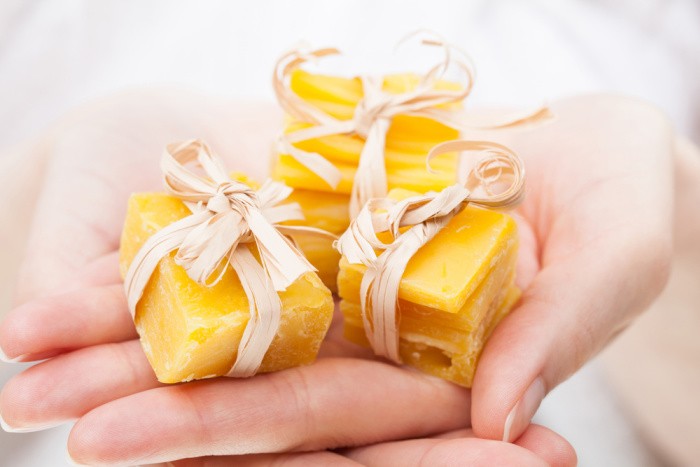
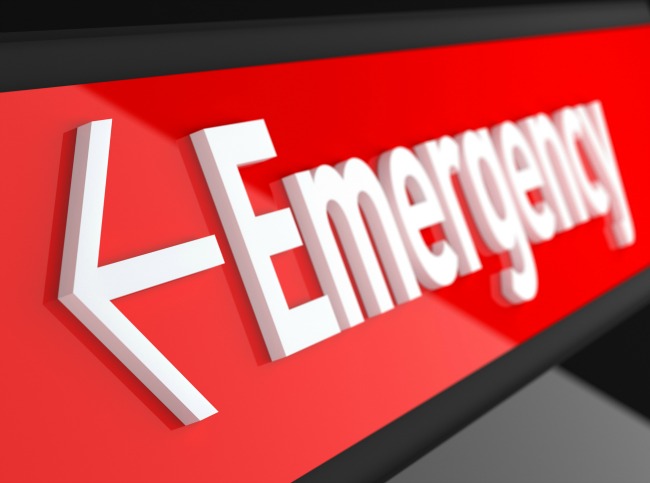
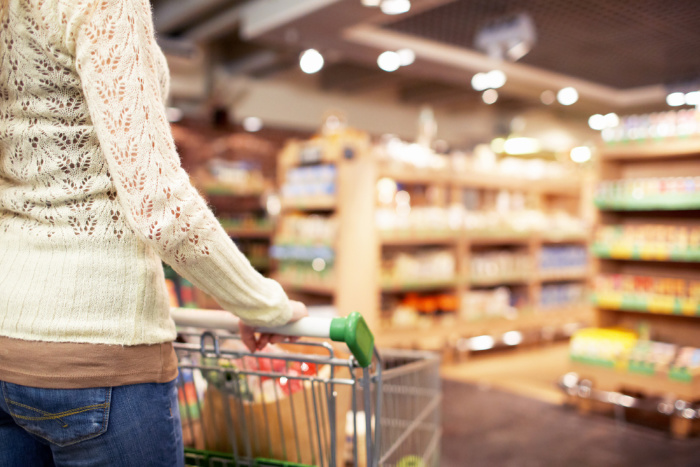
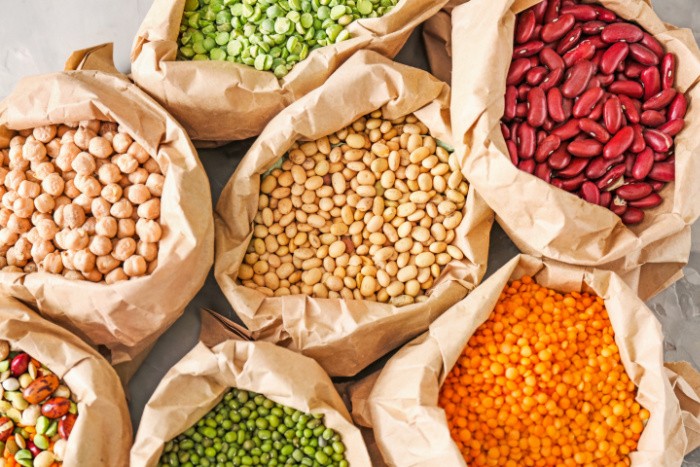
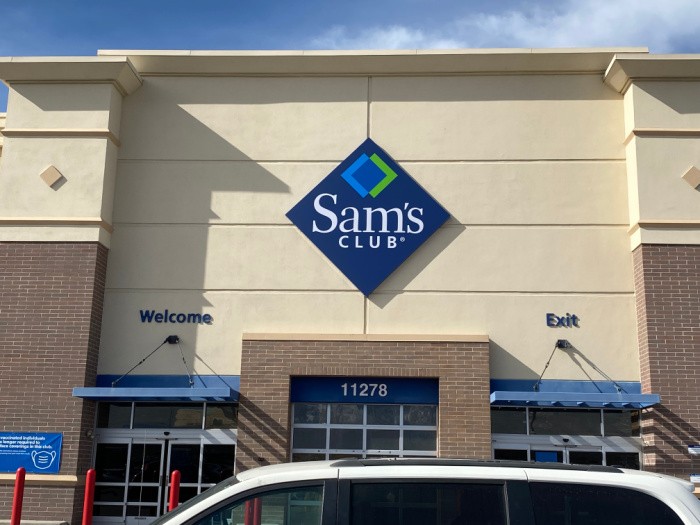
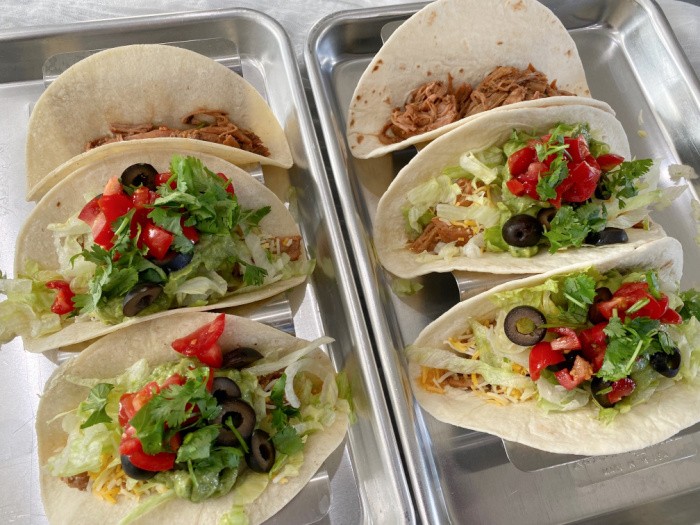
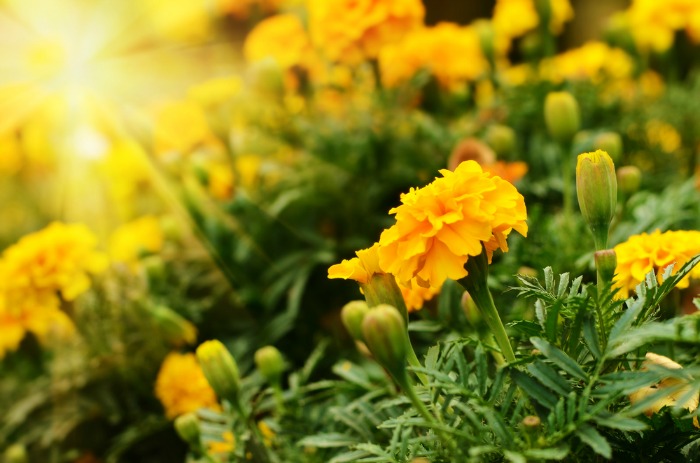
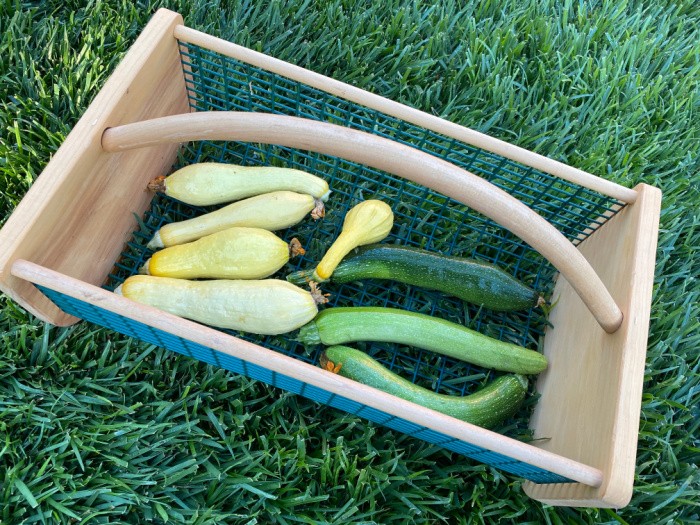
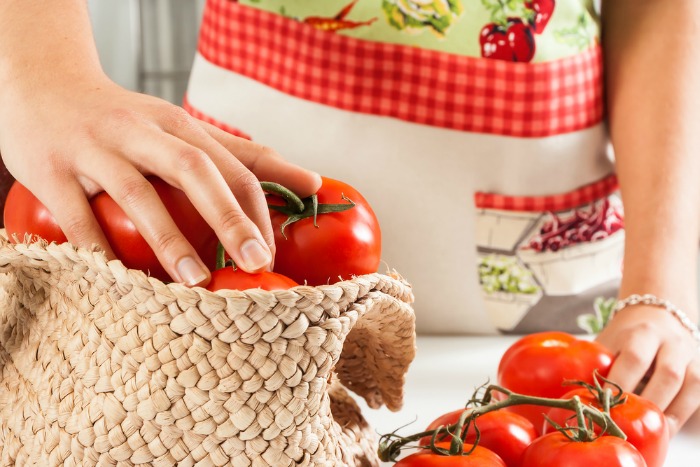

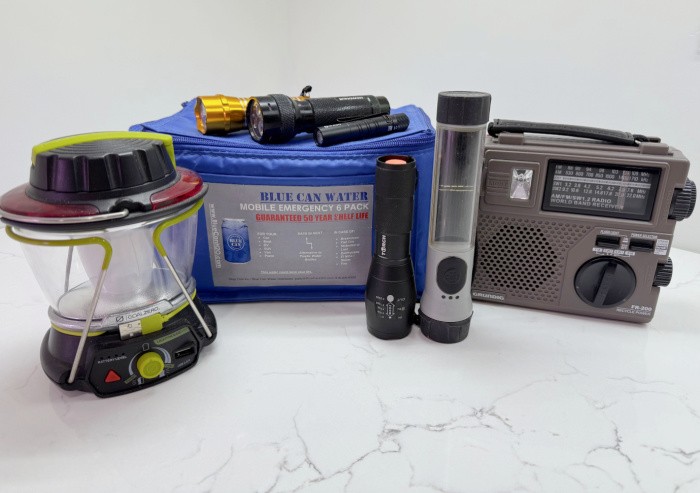
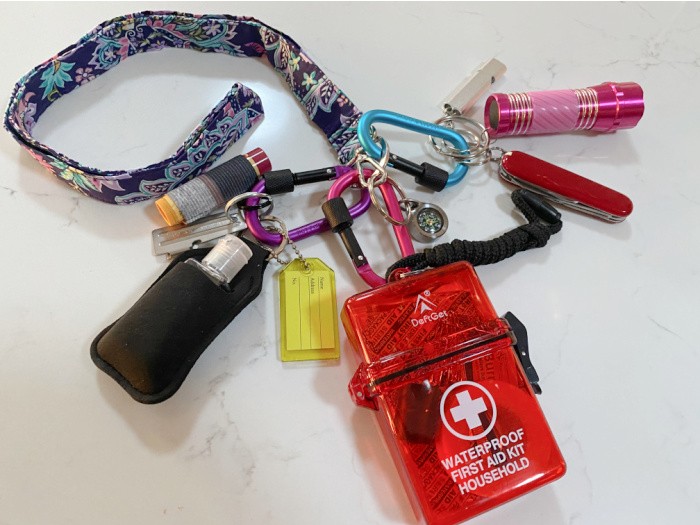




Linda,
As an old Navy guy, I used to dream of living on a sailboat, maybe a 44 footer with a solar powered desalinator for fresh water, but, alas, Jane gets seasick in a bathtub.
Lol I’m not quite that bad but that ain’t the life for me. When I was young n dumb I went to join the marines and found out they spent 6 months on ships. Walked right down to the next building and promptly joined the army where I belonged.
My next experience with the ocean I discovered sea lice so to me the big water is probably gonna be my issue rather than my solution lol.
HI Matt, oh my gosh, thank you for you service in the Army! Now I need to Google sea lice, that sounds bad!! LOL! I learn something new every single day! Linda
HI Ray, thank you for your service in the Navy! Your dream on the 44 footer sailboat sounds awesome! I would get sea sick! My brother in law served in the Navy and he will NEVER go on a cruise for a vacation! LOL! We’re all so different! I have the giggles over the bathtub!! Life is good! Linda
I live by the ocean and I was waiting on these tips! If I have to eat seafood to survive, I will! LOL
Hi Jess, oh, where you live you will eat very well! Linda
I don’t like seafood of any kind, but I have considered raising fish in our pond or in a tank and that way I can provide fresh fish to family and friends or sell or trade with others.
I’m good at taking care of pets. One thing I am keeping in mind is not only how to produce what I can directly, but also how to feed animals from what grows naturally which I’d probably have to propagate myself to have enough to feed whatever it is that I might be trying to raise.
Beyond stockpiling, I’m looking to see if I can feed livestock even if there is a shortage of animal feeds or an absence of suppliers.
If you can create a cage or some kind of housing for live animals that can float in a body of water you can fish farm.
While survival is the subject at hand, I do believe that if more people aided nature that we could make the environment better and help dwindling populations of various species. Our government likes to blame people, but they don’t want to take logical measures to improve the planet and they won’t ban corporations from polluting the environment.
We as citizens can encourage birds and bees to visit, accept bats as beneficial and allow wild edibles aka weeds to flourish. We can eliminate invasive species and plants, reduce waste and stop excusing behaviors that ruin the land. All we need is to be educated on such things and how we can do good things for the environment.
Hi Frank, oh great comment, my friend. We really do need to educate ourselves on how to keep our environment safe and clean. I admire my friends/followers who have taken to raising their own food, not just vegetables and fruits. We must produce more of our own food, if we can’t produce all of our food we can hopefully trade our skills to compensate for the lack of land we may have. We do indeed need to keep the bees to help pollinate what we grow. Plant flowers to bring them to your yard. I could go on and on, thank you for reminding all us we must take care of our land. Linda